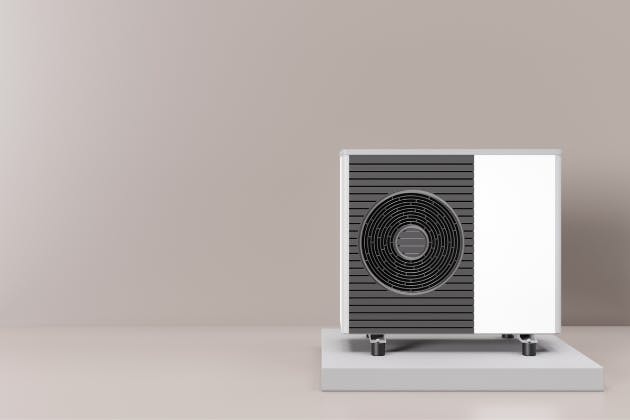Air source heat pumps are becoming an increasingly popular choice for homeowners looking for efficient and sustainable ways to heat their homes. Instead of burning fuel, they use energy from the air outside to generate warmth, even when temperatures are low. If you are considering upgrading your heating system, understanding how these systems work can help you decide whether they are right for your home.
Function of Air Source Heat Pumps
Air source heat pumps work by extracting heat from the outside air and transferring it into your home. They operate similarly to a refrigerator, but in reverse. A refrigerant circulates within the system, absorbing heat from the air. This heat is then compressed to a higher temperature and used to warm your radiators, underfloor heating, or hot water supply.
Because they use renewable energy from the air, they can significantly reduce reliance on traditional fuels. Modern units are highly efficient, often producing more energy for heating than the electricity they consume. This makes them a strong option for those who want to cut energy costs while lowering their carbon footprint.
Components of an Air Source Heat Pump
An air source heat pump is made up of several key parts that work together to extract and transfer heat efficiently. Understanding how each component functions helps explain why these systems can provide reliable heating even when outdoor temperatures are low.
Evaporator
The evaporator is the first stage of the process. It draws in air from outside and passes it over coils filled with refrigerant. Even in cold weather, the air still contains heat energy. The refrigerant absorbs this energy, changing from a liquid to a gas. This step is crucial because it allows the pump to capture heat that might otherwise go unused.
Compressor
Once the refrigerant has absorbed heat, it moves into the compressor. The compressor’s job is to pressurise the gas, which in turn increases its temperature. This stage is often described as the “engine” of the system because it powers the transformation of low-level heat into the higher temperatures needed to warm your home effectively.
Condenser
The hot, pressurised refrigerant gas then enters the condenser. Here, the heat is released and transferred into your home’s heating system, whether that is radiators, underfloor heating, or your hot water cylinder. As it releases its heat, the refrigerant cools and changes back into a liquid form, ready to be used again in the cycle.
Expansion Valve
Finally, the refrigerant passes through the expansion valve. This valve reduces its pressure, lowering the temperature of the liquid before it re-enters the evaporator. This reset step allows the cycle to continue efficiently and consistently, ensuring your home receives a steady supply of heat.
Together, these components form a continuous cycle of heat absorption, compression, transfer, and expansion. This closed-loop process is highly efficient, producing more usable heat energy than the electricity required to run the system. Although performance is best in milder conditions, modern air source heat pumps are designed to provide dependable heating throughout the colder months too.

Installation and Professional Support
Correct installation is essential to ensure efficiency. Heating engineers in Romsey and Southampton can assess your property, calculate the heat demand, and recommend the right system size. Ongoing maintenance, such as servicing and checks, helps the system run smoothly and prolongs its lifespan. Local plumbers and heating specialists can also integrate your heat pump with existing boiler systems where needed, providing flexibility and continuity.
Looking for expert heating services in Romsey and Southampton?
Pegasus Plumbers offers professional heating solutions, including boiler installations, servicing, and repairs, as well as air source heat pump advice and installation. Our team of qualified heating engineers in Romsey and Southampton can help you choose and maintain the best system for your home. Call us today on 07584495834 and we'll be happy to help.


